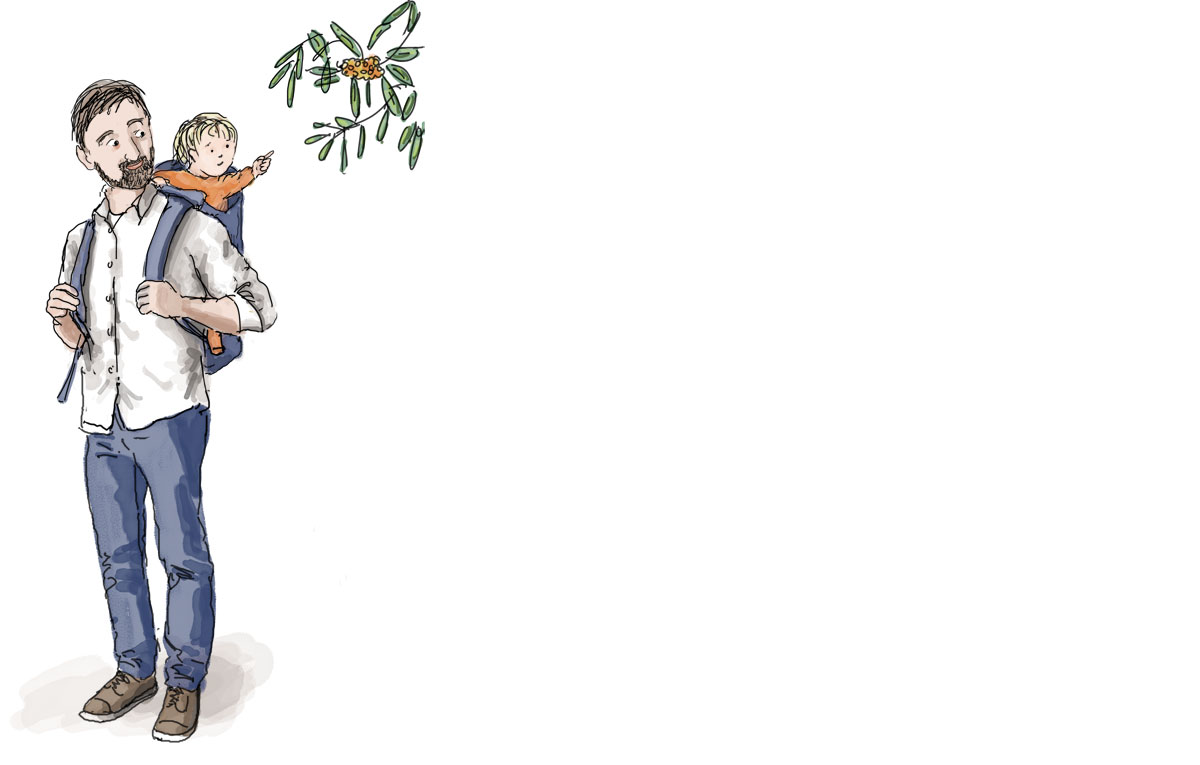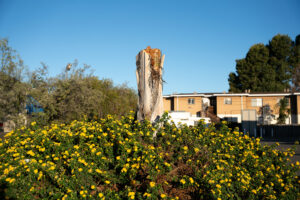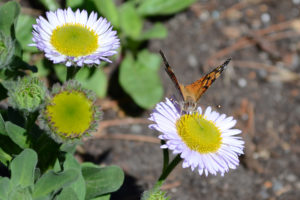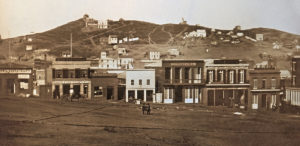hen my daughter, Josephine, was one year old, she had vanishingly pale eyebrows and hair that had grown into stylish jags. When she smiled, her eyes turned from thoughtful to impish, her cheeks dimpled, and she exposed the top four of her six teeth. But she also had a few unforgivable flaws. For one thing, she’d ask me to name everything she saw. Her favorite word by far was “that,” usually uttered in a tone both interrogative and imperative. “That?” she would ask/command, extending an imperious finger. “That’s a tree,” I would say.
“That!”
“Still a tree.”
“That.”
“Yet another tree.”
It was one of those awful bargains you find yourself striking as a parent: If you agree not to scream, I will allow you to suck the life out of me with this horrible and stultifying game. And so I added a rule to complicate it—I would give the same answer only once per outing. The second time Josephine inquired about a tree, I would have to be more specific. “Trunk,” I would say, or leaves, a branch, a twig, flower. And it was in this way that I noticed for the first time—though I’d walked by this tree hundreds of times—that it had tiny yellow flowers growing from the center of each cluster of leaves. I picked a few and later saw that I had come away with about 15 flowers, each one at a slightly different stage of maturity, revealing the progression of their development in my palm.
The next day I put Josephine in the carrier a little early so we could make a one-block detour to the bookstore. There, I bought a used copy of The Trees of San Francisco. My flowers had come, the book told me, from Tristaniopsis laurina, one of the most common street trees in the city. To pass a tree and simply register it as a “tree” is to never really see it. To pass a tree and simply register it as T. laurina isn’t much better—worse if I memorized the name to inflict Latinate pedantry upon my friends. But knowing a name can also be a first step up a staircase to significance. “Tristaniopsis (“–opsis” means likeness) laurina” came from the fact that it looked like a laurel tree. I liked this: It was the grittier, tougher Australian version of the Grecian laurel, this one woven into wreaths to crown rugby players and crocodile hunters.
My sudden fascination with the lives of trees wasn’t a random result of Josephine’s “That” game. There was a reason I’d bought a book about trees rather than a book on garage doors or telephone poles, which my daughter inquired about just as often. As a kid, I’d known all the trees that grew around my home in the foothills of the Sierra Nevada, and this had given me access to a world otherwise invisible: When I saw a gray pine—scraggy branches, curving trunk, and dull, gray-green needles—I knew the earth beneath my feet was laced with serpentinite rock, with very little water. It meant I was at the lower, hotter edge of the Sierra’s forests.
Being able to decipher a bit of the language of trees made my life richer. It allowed me to see the world a little more sharply. It made me feel a little more confident, a little more at home—a little more rooted. I wanted Josephine to experience this same sense of connectedness. And so, when she pointed into the branches and I had nothing more interesting to say than “That’s a tree,” it pained me. Had I really joined the boring ranks of adults who could see nothing more than that?
When I started trying to learn about the natural world around me, I discovered that it’s hard to find good guides to the natural history of urban environments. Until recently, people just haven’t been as interested in urban ecosystems. The typical city’s combination of trees from all over the world seems haphazard, and illegitimate: not really nature. In recent years, however, scientists have begun to see the romance in the vibrant messes humans have created. And because urban wildlife is sparsely studied, it is fertile ground for discovery. A few years ago UC Berkeley researchers found a new species of mushroom without even leaving campus. There’s a long list of similar examples. Though I could find dozens of lovingly compiled guidebooks on the wildlife of the Sierra Nevada, the topics of most of the books I found on the wildlife of San Francisco tilted toward convenience: A tree’s roots and fruits were presented only in terms of their intrusiveness and messiness. If I really wanted to teach Josephine more than just names, I realized, I’d have to spend some time in the back stacks of research libraries.
I started fairly slowly, just trying to figure out where to find the information I wanted. I learned the region’s trees bit by bit. As I did, I began to see variety where before I had seen uniformity. A week later, when Josephine said “That?” and pointed at a T. laurina, I could at least tell her its name.
I stepped close to the branches. The leaves trailed against Jo’s reaching hand. I pulled down a branch for inspection: There were none of the yellow flowers we had seen before. In their place were dense clusters of fat green fruit.
“Look at this, Josephine,” I said. And for once, she didn’t simply shout “That!” again. Instead, she grabbed the branch, fingered the little green pods, and murmured, “Whoa.”
Adapted from Unseen City: The Majesty of Pigeons, the Discreet Charm of Snails, & Other Wonders of the Urban Wilderness by Nathanael Johnson, published by Rodale Books in spring 2016.





